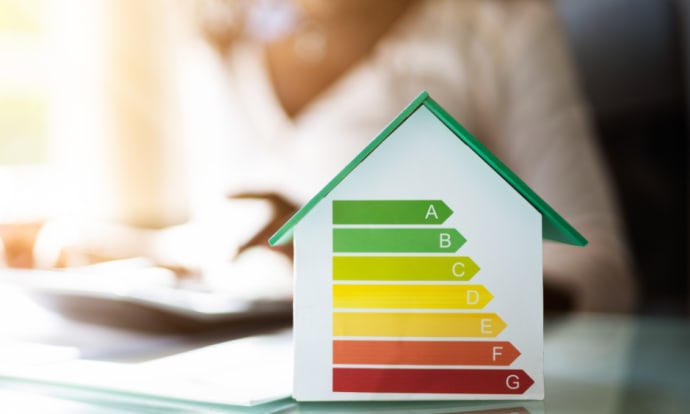How to Insulate a Summer House

Introduction
Properly insulating the property will ensure that your summer house remains cosy, not just in the warm months but throughout the year. It will also help maintain a stable temperature, so that you can avoid using electric heaters or air conditioning units and will help prevent issues such as condensation, mould and mildew.
This first method of insulation is a simple and cheap option, requiring a few basics from your local DIY store. This method includes loft roll, long lap tongue and groove and 44mm x 44mm timber battens.
What do I need for the job?
- 100mm loft roll insulation
- 44mm x 44mm x 2.4m softwood timber
- 3.5mm x 50mm timber screws (countersunk)
- Carpet spray
- 9mm plywood
Keep reading through our latest blog to learn how to best insulate a summer house.
Step one:
The typical width of a loft insulation roll is 1140mm. As we’re going to be cutting our insulation in half (570mm), we need to fix our 44x44mm timber battens in a position that will give us 570mm spacings.
It’s recommended that your timber battens are fixed to the wall of your summerhouse with at least five timber screws per batten. Using a thin wood screw, such as a 3.5 x 50mm, will ensure the batten doesn’t split and that the screw will not go through the outside of the summerhouse wall.
Ensure you cut the height of each batten to the internal roof height. See below the internal dimensions for the First Fence Summer House range:
| Cabin name | Batten height | Wall thickness | Recommended screw |
| The Hemingway | Max 2369mm | 28mm | 3.5 x 50mm wood screw |
| The Dickens | Max 2280mm | 44mm | 3.5 x 50mm wood screw |
| The Rowling | Max 2150mm | 28mm | 3.5 x 50mm wood screw |
Note: you’ll notice the end spacing (depending on your summerhouse size) will not be 570mm. Being under or over is fine.

Step two:
Next, keeping the plastic packaging on the loft roll, mark the halfway point and cut through with a regular hand saw.

Step three:
Next, working on a bay at a time, you’ll need to spray the carpet adhesive on the wall of the cabin. Whilst carpet adhesive is rapid-setting, you’ll have enough time to spray the complete height of the bay.
Note: always wear a mask when working with adhesives and aerosols.

Step four:
Unroll the loft roll, and with your hands, split the 100mm thick roll in half, creating a 50mm thick roll.
Note: always wear gloves and long sleeves when handling the loft roll.

Step five:
Attach the roll of loft insulation to the adhesive-backed wall. Keep repeating steps three and four until your wall is completely covered in loft insulation.
Note: your loft insulation should finish slightly thicker than the timber support batten.

Step six:
We now need to cut a 45-degree chamfer on each end of our long lap tongue and groove timber panels, allowing a nice joint in each corner.
Note: Ensure you cut the chamfers on each end in the correct orientation; the groove will need to face upward.

Step seven:
Now it’s time to install the long lap timbers. Starting at the bottom, lay your first board horizontally.

Note: for a fixing-less look, tap a small wood nail through each groove onto the vertical timber stud. This will be hidden by the next panel as it slots into place. This also prevents the slats from bending.

Step eight:
Keep repeating the process on all walls until you reach the final slat height at the ceiling level.

Step nine:
Your First Fence summerhouse will have roof joists running lengthwise for roof support. We will be using these joists as our braces to hold in the insulation and to support our 9mm plywood.
| Cabin name | Roof Joist | Maximum Insulation Thickness |
| The Hemingway | 44 x 195mm | 200mm |
| The Dickens | 44 x 145mm | 150mm |
| The Rowling | 44 x 195mm | 200mm |
Measure the gaps between the joists for your specific summerhouse and cut the insulation to size. Following the process in step three, spray the carpet adhesive and attach the insulation.
Note: you must wear gloves, long sleeves, a mask and glasses for this step.
Step ten:
Finally, board out and cut to size the sheets of 9mm plywood, ensuring your fixing points are on each beam and no sheet joints are left unsupported. Ensure you fix the plywood with an adequate number of timber screws at any regular intersections.

Conclusion
Insulating your summer house is a great way to make it more comfortable.
By following the steps in this blog post, you can ensure that your summer house is properly insulated, and you can enjoy it for many years to come.


